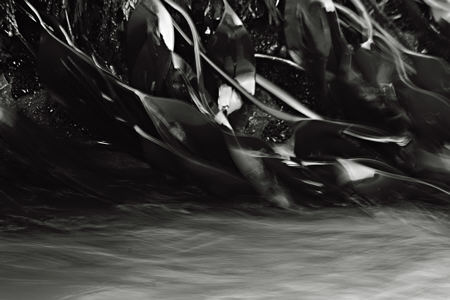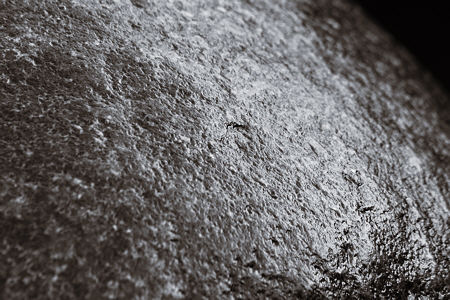Posted by Steve Durbin on October 19th, 2008
Despite all the discussion and analysis on A&P, I seldom, if ever, carry it consciously in my head when I’m out photographing. If it happens to be there at the start, it soon flees as I focus on the subject. Sub-consciously, who’s to say? In any case, in my first outing after writing about complexity, I made some pictures that not only relate to that issue, but seem to have a loose resemblance to some of the drawings discussed. They also involve the edges June brought up recently, so I’ll have a look at that, as well.

more… »
Posted by Steve Durbin on October 19th, 2008
A new capability since our upgrade of WordPress is the tagging feature. Tags are like categories: labels to describe the post. But unlike categories, tagging is free-form; you can use any words or phrases you like, whether or not they’ve been previously used. Just as with categories, clicking on a tag label will show other posts bearing that tag. So it’s a great way to find similar content without having to search on a particular term. Searching doesn’t always work well, as a post might contain the search term without it being very characteristic of the post content.
You’ll notice in the sidebar (possibly scrolling down a bit) a list of recent tags, with their frequency indicated by intensity of blue and font size. That provides a snapshot of recent topics which can be more informative than our sometimes cryptic post titles. Clicking any of these also brings you to a list of posts so tagged.
So far, I’ve tagged just my last few posts to show how it works. We need some other tags in there! Feel free to go back and tag any old posts, and use tags if you like for future posts. On the post edit page, tags are added immediately below the compose area, right next to the category assignment list.
I hope tags will offer an easier way to find posts of interest and ones related to a post you’ve enjoyed. Let’s see if it works out that way. Meanwhile, any comments or suggestions would be appreciated!
Posted by Steve Durbin on October 16th, 2008

Complex #4 (detail), Nelleke Beltjens
There was a fascinating exhibit in Bozeman of drawings by three young European women–Nelleke Beltjens, Hedwig Brouckaert, and Jorinde Voigt–curated by independent art historian/critic/curator Peter Lodermeyer. Titled re/pro/ducing complexity, the multiple readings of which are all applicable, it consists of recent work that is varied, visually appealing, and intellectually stimulating.
more… »
Posted by Steve Durbin on October 14th, 2008
Posted by Steve Durbin on October 6th, 2008
Just a few miles along the Newfoundland coast from the kelp of last week is the Cape St. Mary’s Ecological Reserve, a haven for sea birds of nearly a dozen main species. Most were gone by mid-September, but there were still many thousands of northern gannets, graceful birds with gold-dusted heads and necks, and a nearly six-foot wingspan.

more… »
Posted by Steve Durbin on September 29th, 2008

Most of my photography in Newfoundland was done within a few meters of the sea. I rediscovered there some of the rock and water themes I’ve pursued closer to home, though with important differences. For example, rocks are more likely shaped by the surf, and are as often wet as dry. New waterfalls are born every time a wave rides over a rock in the tidal zone. But the most interesting difference was the presence of living subjects at the rock/water interface, and of these, my favorite was seaweed.
more… »
Posted by Steve Durbin on September 24th, 2008

We’ve speculated here, there and elsewhere about the subliminal power of mental structures, such as the face-recognizing fusiform gyrus, to influence our perception of art and other visual experiences. So I was interested to see an article on the topic in the Toronto Globe and Mail (original story from Agence France-Presse), which was left at the hotel room on my last day in Newfoundland. It reports a study by Karl Grammer of the University of Vienna on how we react to cars on the basis of their “facial” characteristics.
more… »





